Ambergris is often described as one of the world’s strangest natural occurrences.
It is produced by sperm whales and has been used for centuries, but for many years its origin remained a mystery.
Ambergris is often described as one of the world’s strangest natural occurrences.
It is produced by sperm whales and has been used for centuries, but for many years its origin remained a mystery.
Ambergris has been a unique phenomenon for millennia. Fossilised evidence of the substance dates back 1.75 million years, and it is likely that humans have been using it for more than 1,000 years.
It has been called the treasure of the sea and floating gold.
Where it comes from remained a mystery for years, during which several theories were proposed, including that it was hardened sea foam or the droppings of large birds.
It was only when large-scale whaling began in the 1800s that the identity of its producer, the sperm whale - Physeter macrocephalus - was uncovered.
Sperm whales eat large quantities of squid. In most cases the indigestible elements of their prey, such as the beaks and pens, are vomited out before digestion.
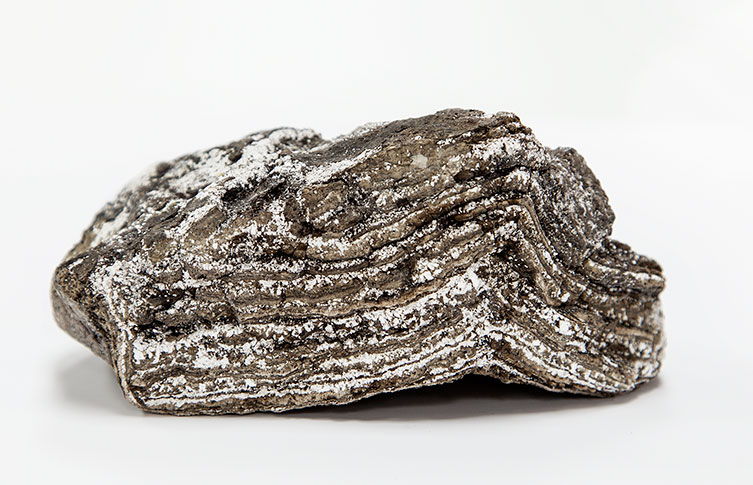
Though ambergris has been used by humans for a long time, its unusual characteristics left its origin a mystery.
But in rare circumstances these parts move into the whale’s intestines and bind together. They slowly become a solid mass of ambergris, growing inside the whale over many years.
It is thought that ambergris protects the whale’s internal organs from the sharp squid beaks.
There are conflicting opinions as to how ambergris emerges from the whale. Some believe that the whale regurgitates the mass, earning it its well-known nickname ‘whale vomit’.
Richard Sabin, our Principal Curator of Mammals, believes differently.
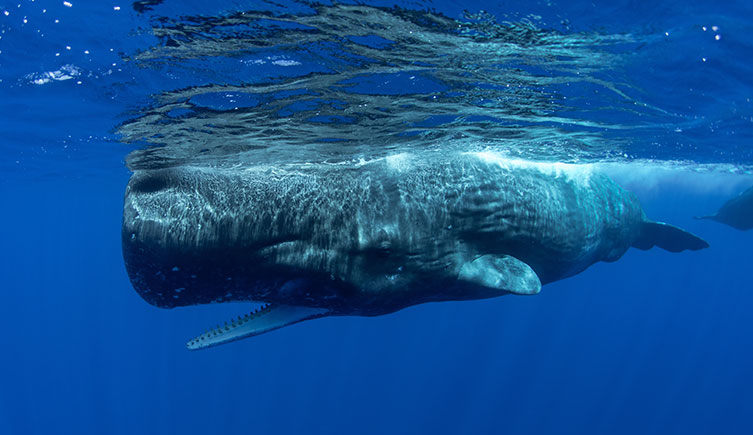
Ambergris is a rare, natural byproduct of the sperm whale's squid-based diet. But how the substance ends up floating freely on the ocean is still debated.© ohrim/ Shutterstock
He says, ‘Based upon recent discussion with colleagues around the world, I lean towards the theory that ambergris forms in the intestines and passes along with faecal matter, forming an obstruction in the rectum.’
Some think the whale will pass the mass, whereas others believe the obstruction grows so large it eventually fatally ruptures the whale’s rectum.
Sperm whales live all over the world, meaning deposits of ambergris could be found floating on any ocean or washed up on most shorelines.
But it is uncommon, found in less than 5% of whale carcasses.
It is thought that pygmy, Kogia breviceps, and dwarf, Kogia sima, sperm whales produce the substance in smaller amounts, as they too have cephalopod-rich diets.
One of the clearest identifying traits of ambergris is its odour.
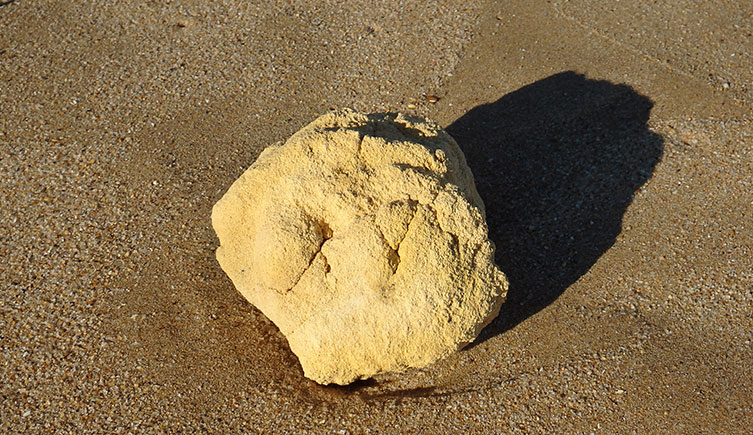
Ambergris can spend years floating on the ocean before it is found. The longer it is exposed to the sea, the better quality it is thought to be. © Alex Farias/ Shutterstock
When removed from the whale, it has been described as possessing a strong faecal smell.
But the scent is said to be more pleasant once the mass dries out. At this stage it’s often described as musky.
Herman Melville even referred to this curious smell in his novel Moby Dick. He wrote of the terrible odour of a dead whale, from which ‘stole a faint stream of perfume’.
Ambrein, an odourless alcohol, is extracted from ambergris and used to make a perfume’s scent last longer.
For hundreds of years, perfumers have categorised the quality of ambergris according to its colour, with the finest perfumes made from pure white varieties. Black ambergris is the least valuable because it contains the least ambrein.
Ambergris masses change colour with oxidation, which happens when exposed to the sea and air for long periods of time. Between black and white, the colours range from grey to brown.
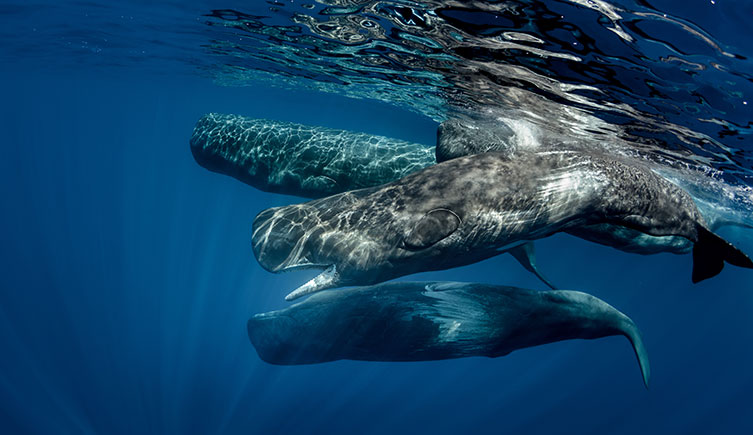
Sperm whales live in social groups called pods. These large animals used to be hunted for their valuable whale oil, which was widely used to fuel lamps and make soap. © Willyam Bradberry/ Shutterstock
Due to accessibility and cost, synthetic chemicals have now replaced ambrein in all but the most expensive perfumes.
Ambergris has been used for more than just perfume, however. Early Arab civilisations named it anbar and used it as incense, an aphrodisiac and medicine to cure many ailments, including those of the brain, heart and senses.
When whaling was widespread, sperm whales were hunted for ambergris and other valuable products, such as oil.
Richard says, ‘Whales are now protected worldwide, but could still be at risk in the future.’
‘There are ongoing pressures from some countries to reintroduce whaling as a mechanism for population management and control.’
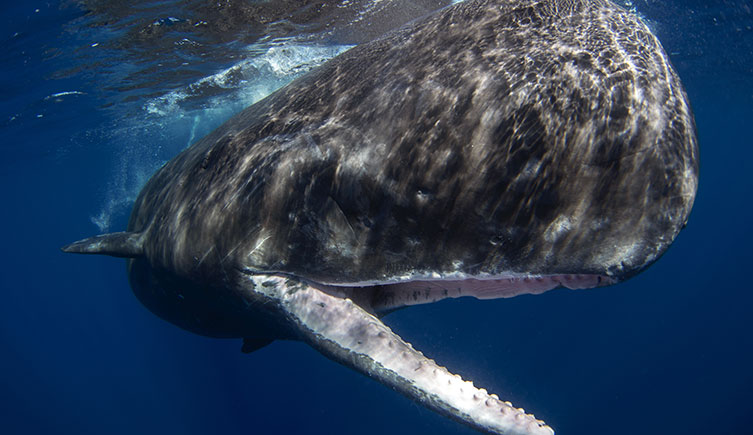
All whales are now protected worldwide and cannot be hunted, with very few exceptions. © Martin Prochazkacz/ Shutterstock
Laws regulating the collection and sale of ambergris vary around the world. In some countries ambergris and all other whale-derived products are prohibited, but elsewhere it is either legal or a grey area.
In the UK and Europe, all living species of whales, dolphins and porpoises are protected by law.
However, the Convention on International Trade in Endangered Species - CITES - considers ambergris a waste product of sperm whales that occurs naturally, making it legal to collect it from the beach or sea.
‘Synthetic alternatives to ambergris do exist and the use of these should be encouraged,’ says Richard.
‘This would prevent whales being viewed in any way as a resource that humans can exploit.’
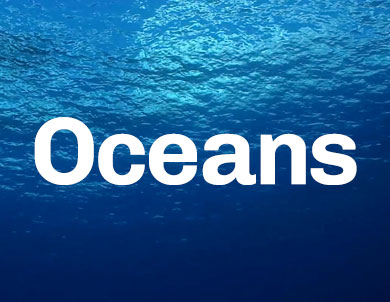
Explore life underwater and read about the pioneering work of our marine scientists.
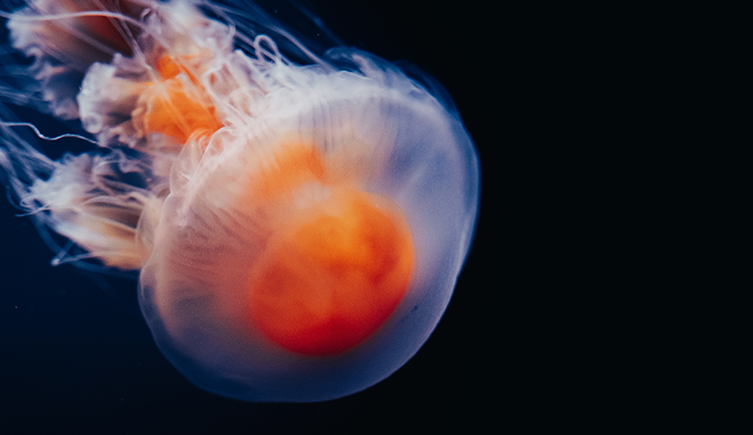
But are you a deep-sea enthusiast? Explore the inky depths in our expert-led, online and on-demand course Deep Sea, available now.
Don't miss a thing
Receive email updates about our news, science, exhibitions, events, products, services and fundraising activities. We may occasionally include third-party content from our corporate partners and other museums. We will not share your personal details with these third parties. You must be over the age of 13. Privacy notice.
Follow us on social media